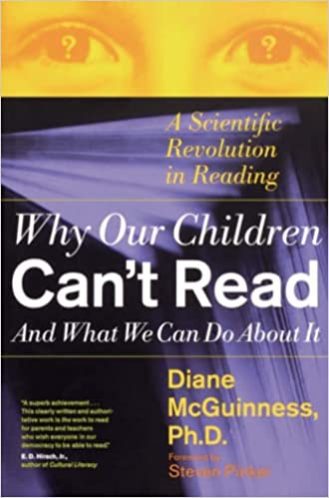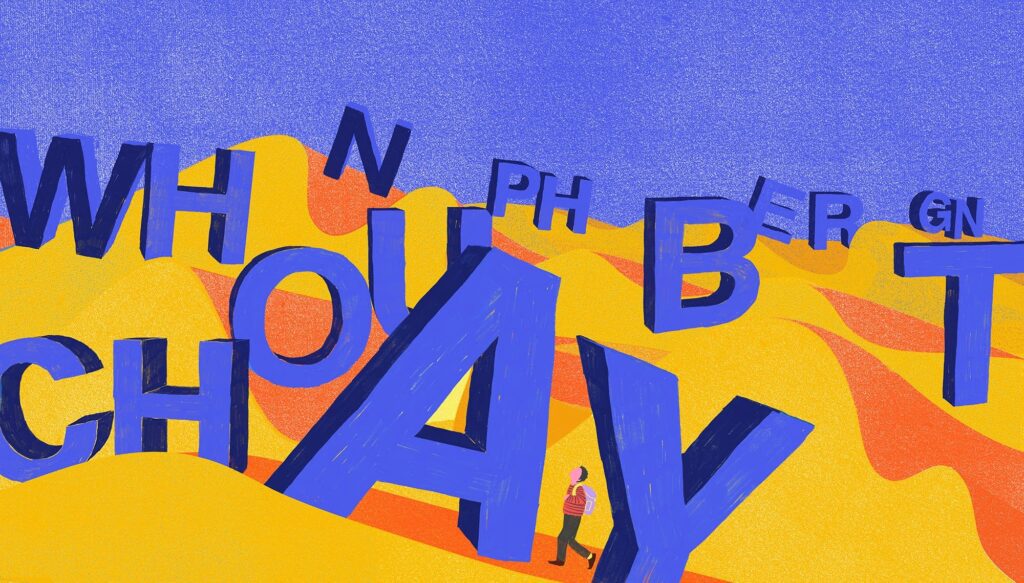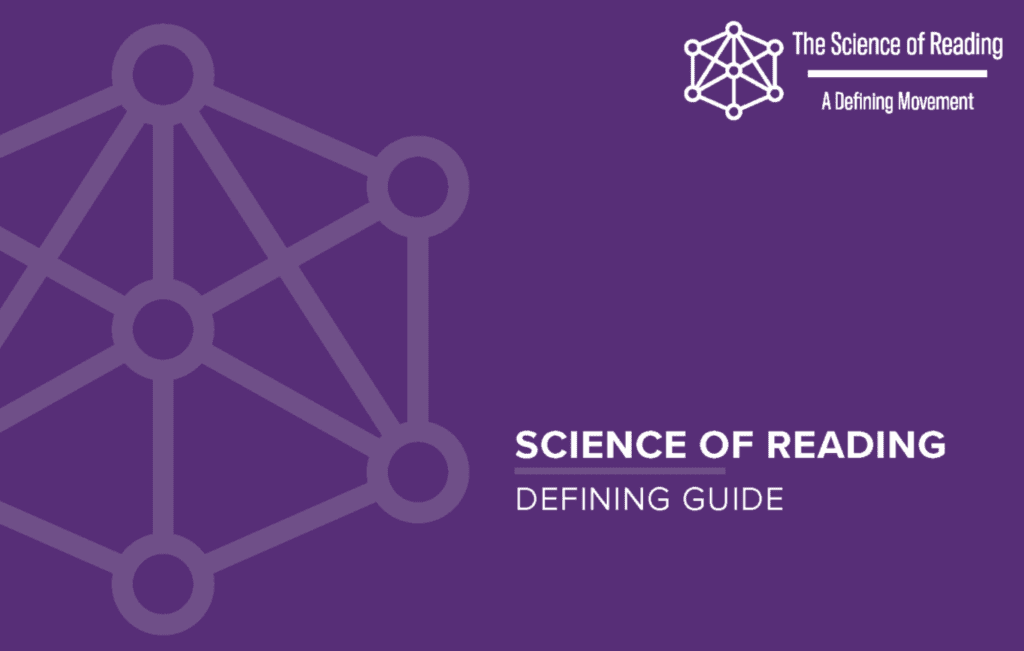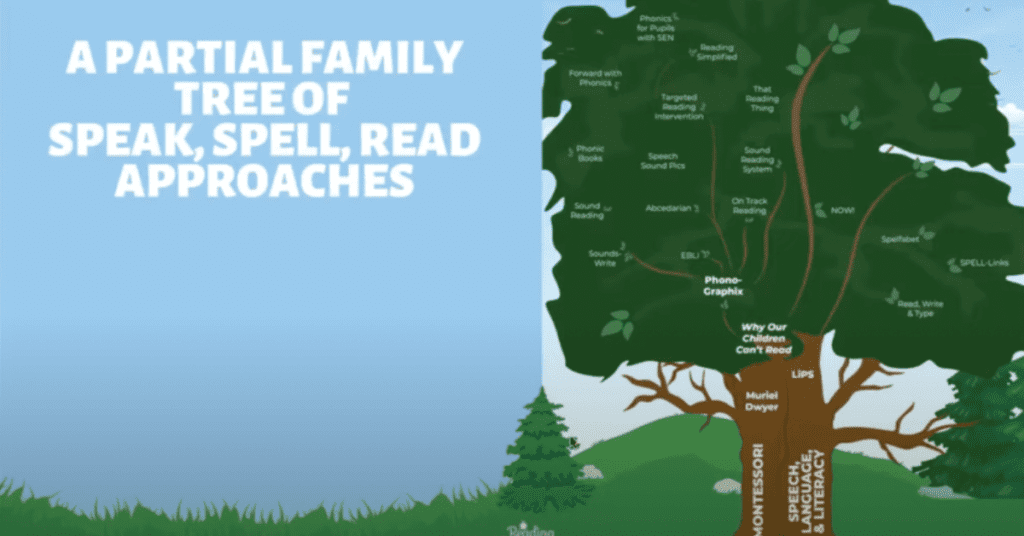What is the Science of Reading?
Decades of scientific research in education, cognitive psychology, and neuroscience has revealed the components required to learn to read as well as how the brain best learns to read. Phonics, the ability to match the speech sounds in words to the letters in print, and phonemic awareness, the ability to access and manipulate sounds in words, have been proven to be the foundation to all reading instruction.
Explicit, systematic decoding instruction, incorporating phonemic awareness skills and utilizing a speech first approach, provides a solid foundation to accurate automatic reading in connected text. This foundation, in addition to instruction that facilitates vocabulary and background knowledge acquisition, leads to improved fluency, increased comprehension, and higher levels of reading achievement.


























